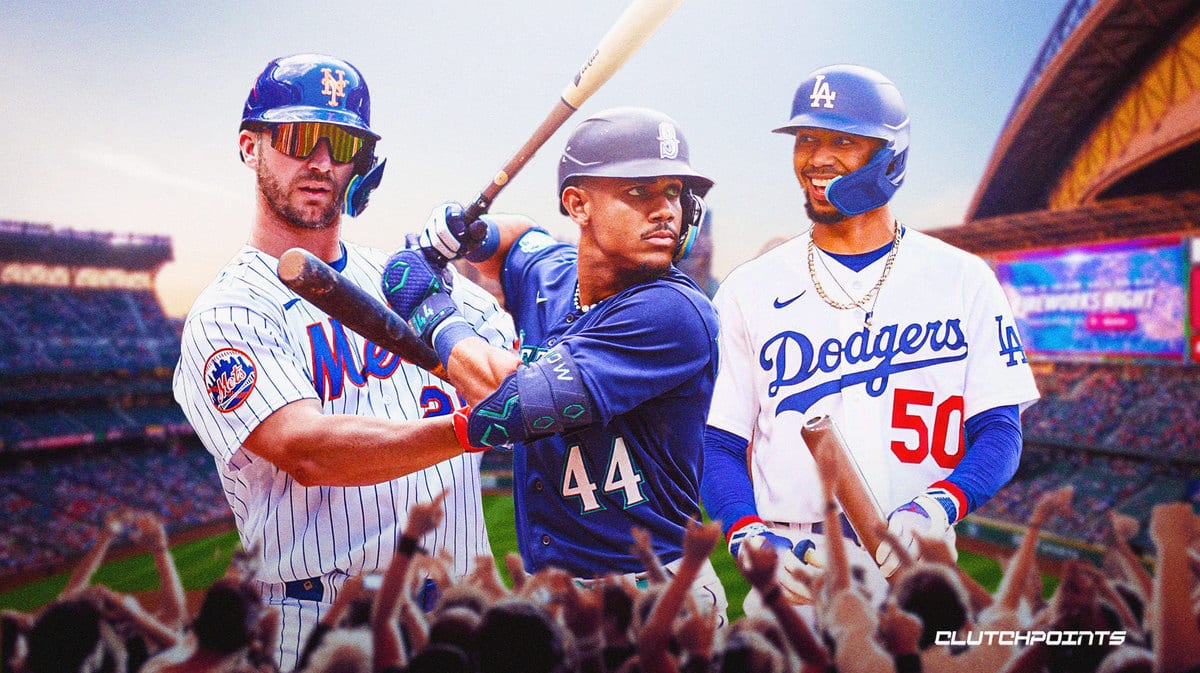Home Run Derby: Hr Derby


Hr derby – Get ready for a home run extravaganza as we delve into the history and evolution of the Home Run Derby. From its humble beginnings to its current status as a fan favorite, this event has witnessed some of the most iconic moments in baseball history.
Origins and Development
The Home Run Derby was born in 1985 as part of the Major League Baseball All-Star Game festivities. Initially, it featured four players competing in a single-elimination tournament. Over the years, the format has evolved to include more participants, longer rounds, and a revised scoring system.
Notable players like Mark McGwire, Sammy Sosa, and Ken Griffey Jr. have left their mark on the Derby with their unforgettable performances. Their epic battles and record-breaking home runs have cemented the event’s place in baseball lore.
Format Evolution, Hr derby
The Home Run Derby has undergone several changes to its format over time. The number of participants has increased from four to eight, and the duration of the competition has expanded to accommodate more rounds.
The scoring system has also been revised to reward distance and accuracy. In recent years, a new “bonus time” rule has been introduced, giving batters additional time to hit home runs in certain situations.
These changes have kept the Home Run Derby fresh and exciting, ensuring that it remains a thrilling spectacle for fans around the world.
Home Run Derby: Hr Derby


Beyond the adrenaline-pumping competition and exhilarating displays of power, the Home Run Derby holds immense cultural significance and has a profound impact on the world of baseball and beyond.
Cultural Significance
The Home Run Derby is a spectacle that captivates fans from all walks of life, transcending the boundaries of the sport itself. It embodies the spirit of baseball, celebrating the raw power and athleticism of the players. The event has become a cultural phenomenon, with fans eagerly anticipating the annual showdown.
The Derby plays a pivotal role in promoting baseball, attracting new fans and generating excitement among existing ones. It showcases the sport’s most iconic players in a thrilling and accessible format, making it an ideal entry point for those unfamiliar with the game.
Impact on Player Popularity
The Home Run Derby has a significant impact on the popularity of individual players. A strong performance can catapult a player into the national spotlight, boosting their recognition and marketability. Players who have excelled in the Derby, such as Pete Alonso and Bryce Harper, have gained immense fame and endorsement opportunities.
Social and Cultural Implications
The Home Run Derby has broader social and cultural implications as well. It inspires young baseball players to strive for excellence and showcases the value of hard work and determination. The event has also been featured prominently in popular media, including movies and television shows, further solidifying its cultural relevance.
HR Derby is a fun event where players try to hit as many home runs as possible. One player who has always been a threat in the derby is Juan Fernando Quintero. Quintero has a powerful swing and can hit the ball a long way.
He’s always a favorite to win the derby, and he’s sure to put on a show for the fans.
HR Derby is a baseball competition that features players hitting home runs. One of the notable participants in this event is Carlos Cuesta , who has showcased his power and accuracy at the plate. Cuesta’s performance in the HR Derby adds to the excitement and anticipation surrounding this thrilling baseball event.